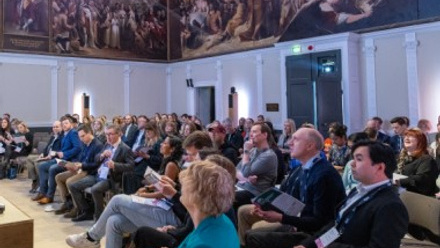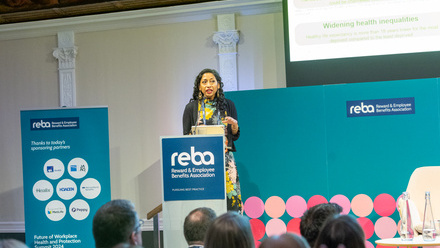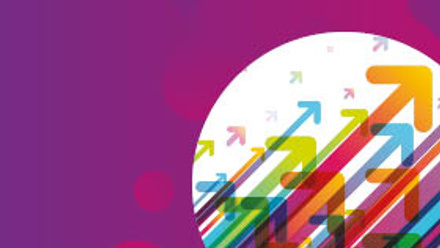Getting wellbeing right for the post-pandemic workplace

Clearly, this pandemic isn’t going away any time soon. 2020 will be known to history as a lost year. But there are ways to line this virulent cloud with silver. We know that COVID-19 isn’t going anywhere yet – and we know that when it does, the landscape will be changed forever.
So, we have time. Slightly morbid to say, possibly, but the pandemic’s longevity means we can put plans in motion to make the working world a better place when it finally clears. These plans don’t need to be sweeping, drastic and expensive. Just a few changes to working practices and expectations can make all the difference to wellbeing in a post-pandemic world.
Consider your workplace
A major part of workplace wellbeing is the working environment. With extended periods of fewer workers – or even emptiness – this is the perfect time to think about how your workplace feels to spend time in.
This doesn’t mean complete overhauls, redecoration or office moves. It just means you have time to figure out how to make the space as efficient as possible for the people who do return to the office, whenever that may be. More space for quiet areas, where wellbeing is at the fore, empty meeting rooms repurposed to allow lunchtime yoga – the possibilities are endless.
Remote work
Some places – not all, but a significant chunk – are embracing remote work as the new normal. While not every business is able (or willing) to make this shift, most understand that for a lot of employees, the freedom of working anywhere is a great boost to productivity and wellbeing.
The trick is to be flexible. If an employee is particularly sociable – you’ll be able to recognise them, they’re the ones most eager to get back to their desks and talking to as many people as possible – then let them come back, as long as all COVID measures are securely in place. After all, isolation affects different people in different ways.
But it’s important to give people the choice. No-one knows the best way to look after their wellbeing than your people themselves. And giving them the power to make those decisions – as long as their work remains consistent – is a powerful thing.
Support
Of course, these measures and changes are a form of compromise. It’s never really been possible to build a workplace which delivers 100% wellbeing efficiency for everyone because people have natural differences. And those natural differences are to be encouraged, because they mean different thought processes, different challenges and different solutions.
But as we say, these differences mean it’s impossible to put in place a single set of practices – wellbeing or otherwise – which work for everybody. And this is where bringing in good external support, and making sure people are aware of it, make all the difference.
An employee assistance programme (EAP) is perfect for this. The counselling services they offer mean that people, again, have the choice to make decisions about their own wellbeing. Just be sure to correctly signpost an EAP if you have one, and make sure people understand that it’s there to help.
This article is provided by Health Assured.
In partnership with Health Assured
Health Assured is the UK and Ireland's most trusted health and wellbeing network.







